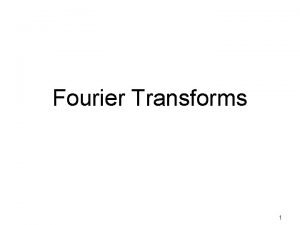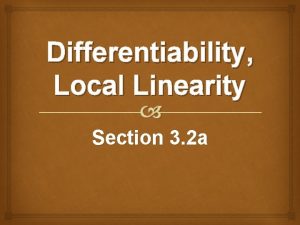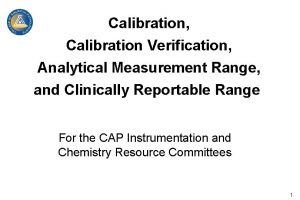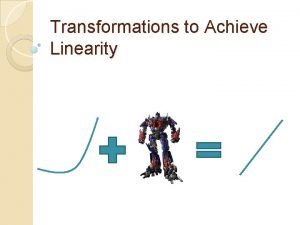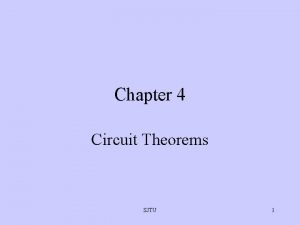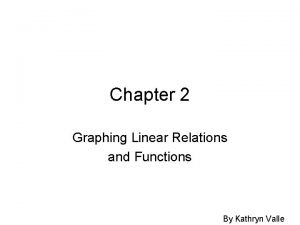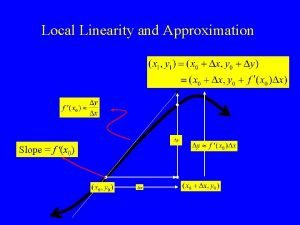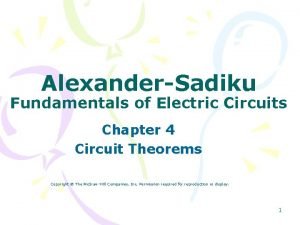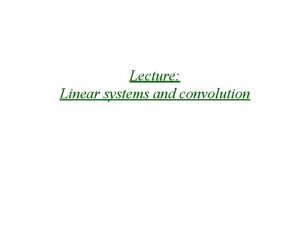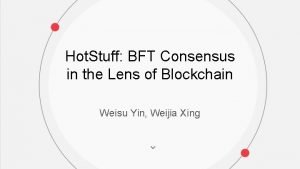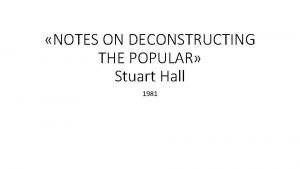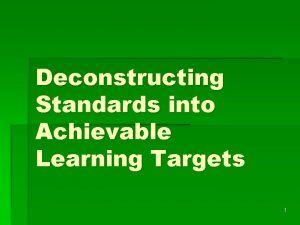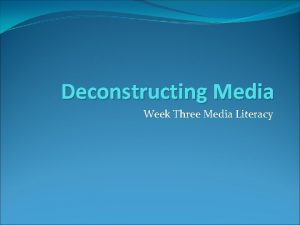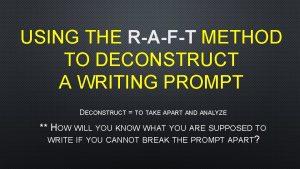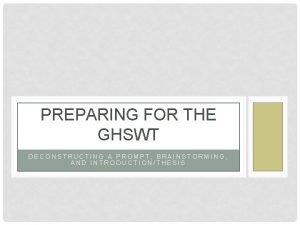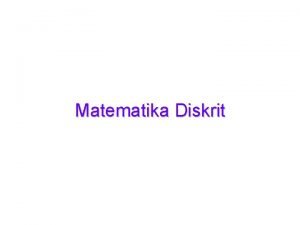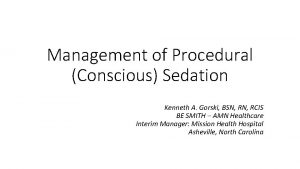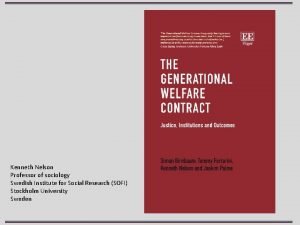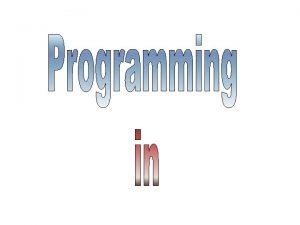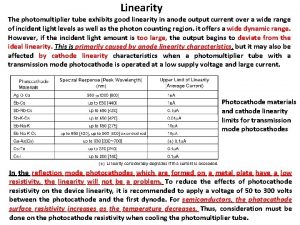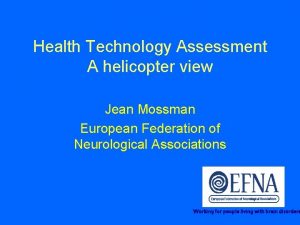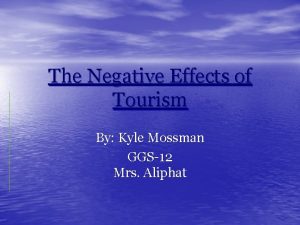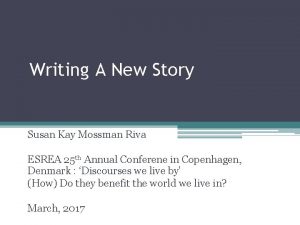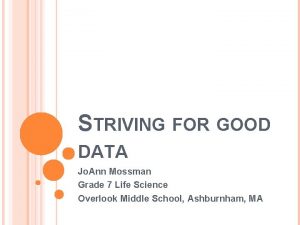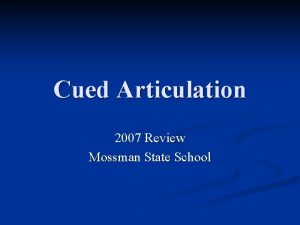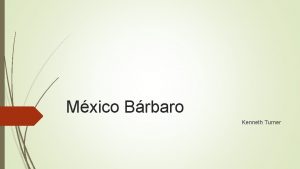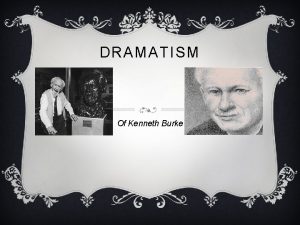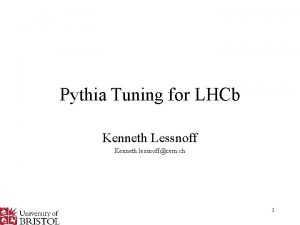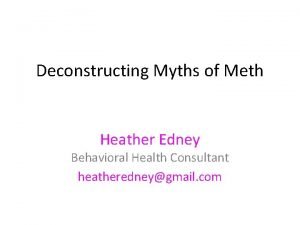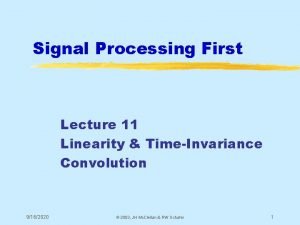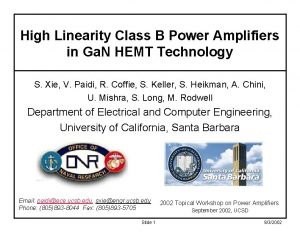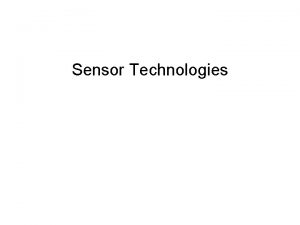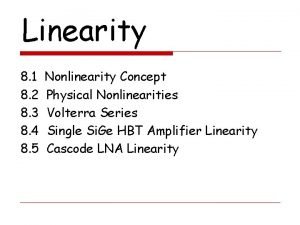Deconstructing Linearity Kenneth L Mossman Professor of Health




















- Slides: 20

Deconstructing Linearity Kenneth L. Mossman Professor of Health Physics Director, Office of Radiation Safety Arizona State University Tempe, AZ

Deconstructing Linearity • • • Nature of the debate Dose extrapolation Uncertainties in risk estimates Other predictive theories Problems / Solutions

The LNT Debate • Economic costs – environmental clean up (>$100 billion) – regulatory compliance (>$10 billion/y) • Fear of radiation – abortions following Chernobyl – mammography

Cost ($) Per Life Saved Cost of Regulation • Viscusi, 1992 • 1990 US dollars • Nuclear regulations not cost effective

The LNT Debate LNT Proponents • Risk conservatism justified because of uncertainty in risk • Precautionary principle • LNT supported by LSS and other human data • LNT is simple, easily explained to public LNT Opponents • Regulatory compliance costs are excessive • Fear of radiation at low doses • LNT not supported by LSS and other human data • Radiogenic risk is lower than predicted by LNT

The LNT Debate • Very large extrapolation factors • Very large uncertainties in risk at low doses • Uncoupling regulatory decision making from predictive theories • What is a “safe dose” • Precautionary principle

Extrapolating Health Risks

Probability of Radiogenic Cancer Risk Uncertainty at Low Doses Lifetime cancer risk ~ 5%/Sv CL: ? ? BEIR V: lower limit of risk includes zero at natural background levels Lifetime cancer risk ~ 5%/Sv 90% CL: 1. 15 -8. 08%/Sv Dose Extrapolation Factor ~ 100 0 10 20 30 200 Dose (m. Sv) 400 600 800 1000

Uncertainties in Risk (NCRP 126) • Population of all ages: • Work population: • 90% CL: 5%/Sv 4%/Sv 1. 15% - 8. 08%/Sv

Sources of Uncertainty (NCRP 126) • • DDREF (40%) Population transfer (19. 9%) Statistical uncertainties (4. 2%) Dosimetric uncertainties (4. 2%) Misclassification of cancer deaths (0. 6%) Lifetime projection (0. 5%) Unspecified uncertainties (30. 6%) Uncertainty due to dose extrapolation (? )

Extrapolating To Low Dose And Low Dose Rate • NCRP 126 • Tumor incidence in animals exposed at HDR and LDR • Curve A: Linear fit at HDR • Curve B: Curvilinear fit to experimental data • Curve C: Linear fit at LDR

LNT: To Be Or Not To Be? Evidence for LNT • Uranium miner data • Domestic radon exposure • Total solid cancers in LSS Evidence against LNT • Leukemia in A-bomb survivors • Ecological studies of lung cancer from domestic radon exposure • Total solid cancers in LSS

Hypotheses, Models and Theories Theory Conceptual Model Hypothesis Testing Data Observations

Models Lead to Theories Model Theory Billiard balls collide and bounce off one another Kinetic theory of gases Bohr model of the atom Quantum theory Target model of radiation action Linear no-threshold theory

LSS Data Supports Mutually Exclusive Theories Theory Source of Data Comment Linear no-threshold Pierce et al. , 1996 Curvilinear or threshold Little and Muirhead 1996 Curvilinear or threshold Hoel and Li, 1998 Supralinearity Pierce et al. , 1996 Hormesis Kondo, 1991 The dose response for cancer mortality is linear down to 50 m. Sv Upward curvature in dose response for leukemia incidence and mortality; no curvature observed for solid cancers; evidence for threshold in non-melanoma skin cancer A-bomb cancer incidence data agree more with a threshold or nonlinear dose-response curve than a purely linear one although the linear dose-response is statistically equivalent Excess relative risk per Sv increases with decreasing dose Cancer mortality is reduced in male survivors of the Nagasaki bomb below ~50 m. Gy

LSS Data Supports Mutually Exclusive Theories • RERF - LSS data • Dose-response for pooled noncancer disease mortality

Radon-Induced Lung Cancer Mortality: Support for LNT? • Lubin and Boice, 1997 • Meta-analysis of 8 indoor radon studies • pooled analysis of uranium miner studies • Cohen’s ecological study

Resilience of the Linear No-Threshold Theory • External correction factors – e. g. DDREF • Anomolous results explained – e. g. Radon ecological studies

The LNT Debate • • • Problems High cost of environmental cleanup (one radioactive atom might cause cancer? ) Radon gas in homes causes about 16, 000 deaths/year according to EPA (support from epidemiology? ) Radiophobia: IAEA estimates 100, 000 -200, 000 Chernobyl related induced abortions in Western Europe (insignificant risk from small doses? threshold? ) • • • Solutions Continue epidemiological studies (LSS) recognizing limitations Mechanistic studies to clarify shape of dose-response curve (eliminate competing theories) Wingspread and Airlie Conferences – bridge policy and science – coherent system of regulations – use of best science available – Sen. Domenici - $18 M to DOE

If Not LNT, Then What? • No legal requirement to base regulations on predictive theories • Avoid use of predictive theories • Base exposure limits on annual average natural background levels in U. S. • Base exposure limits on lowest dose at which statistically significant risk is observed
 Promotion from assistant to associate professor
Promotion from assistant to associate professor Linear property of fourier transform
Linear property of fourier transform What is local linearity
What is local linearity Amr vs crr
Amr vs crr Power model vs exponential model
Power model vs exponential model Reciprocity theorem proof
Reciprocity theorem proof 2-2 linear relations and functions answers
2-2 linear relations and functions answers Local linearity formula
Local linearity formula Linearity property
Linearity property Convolution linearity
Convolution linearity Hotstuff: bft consensus with linearity and responsiveness
Hotstuff: bft consensus with linearity and responsiveness Notes on deconstructing the popular stuart hall
Notes on deconstructing the popular stuart hall Deconstructing standards
Deconstructing standards Deconstructing media examples
Deconstructing media examples What does raft stand for
What does raft stand for Deconstructing a prompt
Deconstructing a prompt Academic writing prompts
Academic writing prompts Kenneth rosen discrete mathematics pdf
Kenneth rosen discrete mathematics pdf Dr kenneth gorski
Dr kenneth gorski Kenneth nelson sofi
Kenneth nelson sofi Kenneth lane thompson
Kenneth lane thompson

